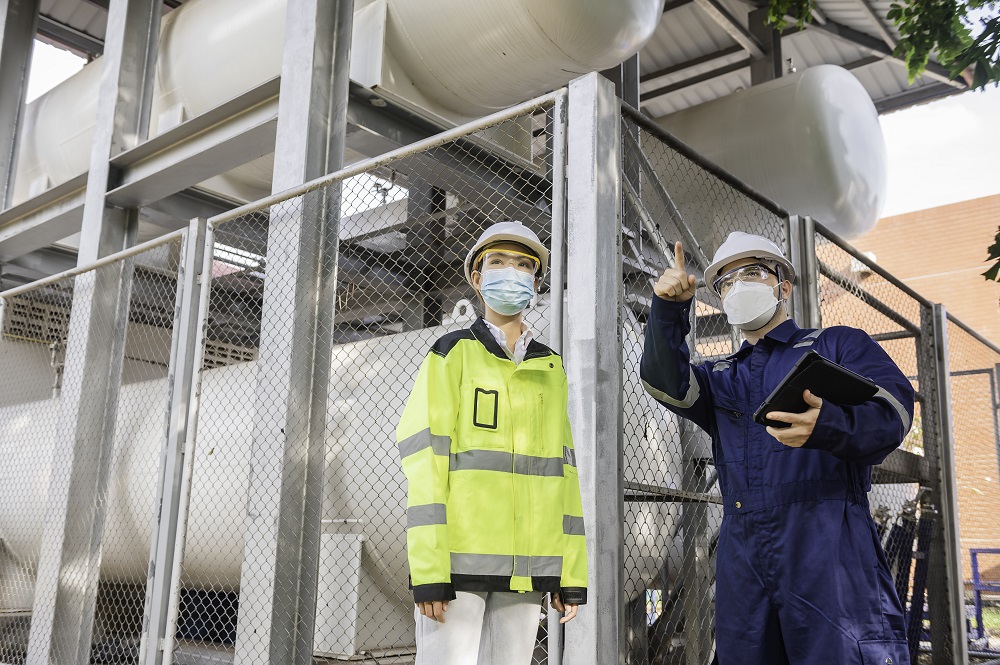Introduction:
In the realm of personal protective equipment (PPE), the reliability and effectiveness of these critical safeguards are paramount. Understanding how PPE is tested is crucial to ensuring that it meets the rigorous standards required for various industries. This comprehensive article delves into the intricacies of PPE testing, exploring the standards, performance evaluations, and examination processes that contribute to the assurance of safety. Additionally, recent news and advancements in PPE testing will be highlighted to provide a comprehensive and up-to-date overview.
- Setting the Standards:
The testing of PPE begins with the establishment of stringent standards by regulatory bodies and organizations dedicated to safety. These standards serve as the foundation for evaluating the performance and efficacy of protective equipment. We will explore prominent international standards, such as those set by organizations like the Occupational Safety and Health Administration (OSHA), the European Committee for Standardization (CEN), and others that govern the testing protocols for various types of PPE.
- Testing the Fit:
One of the critical aspects of PPE effectiveness is its proper fit. Ill-fitting equipment can compromise safety by allowing the penetration of contaminants or exposure to hazards. Recent developments in fit testing methodologies, including quantitative and qualitative fit testing, will be discussed. This section will also touch on innovations in technology that contribute to more accurate and efficient fit testing procedures.
- Performance in Hazardous Environments:
Different industries expose workers to varying hazards, necessitating PPE tailored to specific challenges. The article will explore how PPE is tested for performance in diverse environments, ranging from chemical and biological exposure to extreme temperatures and physical impact. Recent incidents and breakthroughs in PPE design that have been influenced by testing outcomes will be highlighted to underscore the real-world impact of rigorous evaluations.
- Material Integrity and Durability:
The longevity and reliability of PPE rely on the integrity of the materials used in their construction. This section will delve into the testing methods employed to assess material durability, resistance to wear and tear, and the ability to withstand prolonged use. Recent advancements in materials, such as nanotechnology-infused fabrics and innovative polymers, will be explored in the context of improving the overall durability of PPE.
- Viral Resistance and Pathogen Filtration:
The global landscape has placed a spotlight on the importance of PPE in preventing the spread of infectious diseases. Recent news related to the testing of PPE for viral resistance and pathogen filtration, particularly in the context of the COVID-19 pandemic, will be discussed. This section will explore how testing protocols have evolved to address emerging challenges in the face of infectious threats.
- Technological Integration in PPE Testing:
Advancements in technology play a pivotal role in enhancing the accuracy and efficiency of PPE testing. This section will cover the integration of technologies such as artificial intelligence, sensors, and data analytics in testing procedures. Recent innovations that leverage technology to streamline testing processes and improve the overall reliability of PPE will be highlighted.
- Regulatory Compliance and Certification:
Ensuring that PPE meets regulatory requirements is essential for its deployment in the market. This section will elucidate the certification processes that PPE undergoes to comply with industry and governmental standards. Recent updates in regulatory frameworks and their impact on PPE testing and certification will be explored.
- Industry Case Studies:
To provide a practical perspective, the article will feature case studies from different industries where the efficacy of PPE testing has played a pivotal role in improving safety outcomes. These case studies will underscore the importance of adherence to testing standards and how it directly influences the protection of workers in diverse work environments.
Conclusion:
In conclusion, comprehending the rigorous testing processes that PPE undergoes is fundamental to ensuring the safety and well-being of individuals across various industries. Recent news and advancements underscore the dynamic nature of PPE testing, with innovations aimed at improving accuracy, efficiency, and overall performance. By shedding light on the standards, performance evaluations, and examination procedures, this article seeks to provide a comprehensive overview of how PPE is rigorously tested to meet the evolving challenges of the modern workplace.

